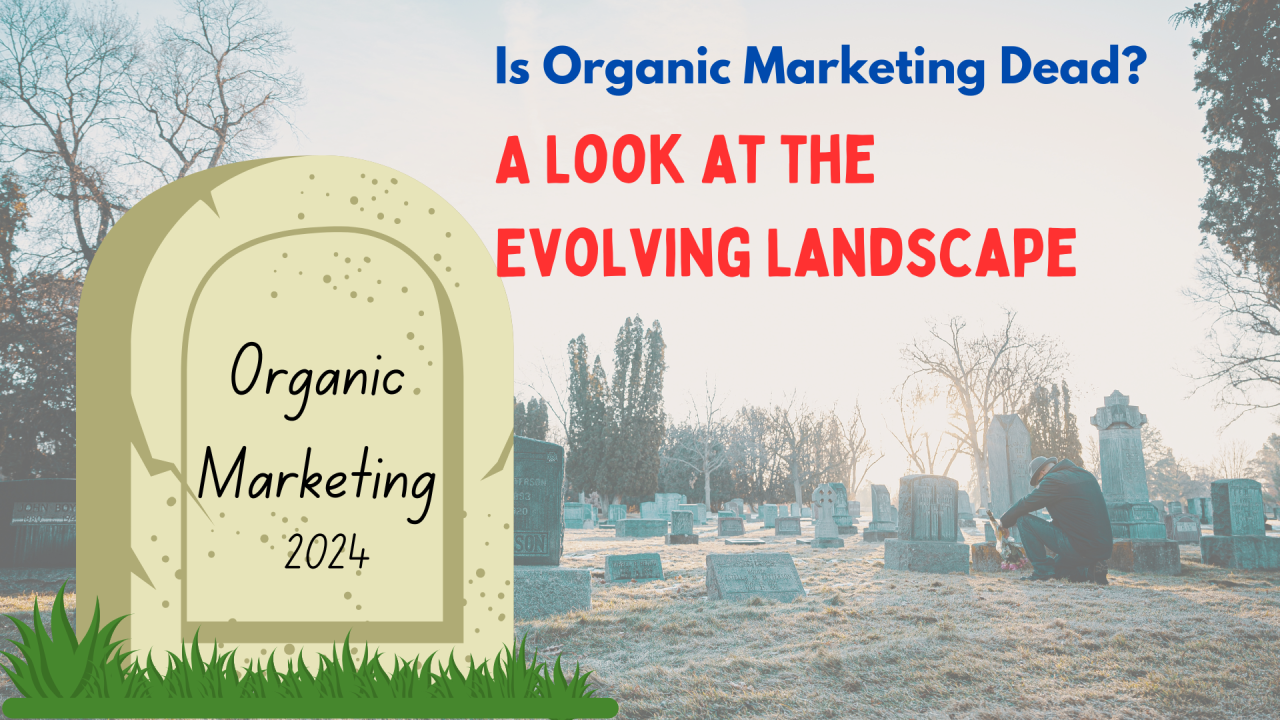The rise of Software as a Service (SaaS) has revolutionized how businesses operate, offering flexible, scalable, and cost-effective solutions. But did you know that WordPress, traditionally known as a content management system (CMS), can be an excellent platform for building and managing SaaS applications? In this article, we’ll explore how leveraging WordPress for your SaaS can unlock tremendous potential, reduce costs, and accelerate your time to market.
Why Choose WordPress for SaaS?
WordPress is not just for blogging or creating websites; it’s a robust, versatile platform that can serve as the foundation for a SaaS application. Here’s why WordPress is a compelling choice for building SaaS products:
Cost-Effectiveness: WordPress is open-source, meaning it’s free to use. With a vast ecosystem of themes, plugins, and extensions, you can significantly reduce development costs compared to building a SaaS from scratch.
Rapid Development: With WordPress, you can quickly set up your application using pre-built themes and plugins, which reduces your development time and gets your product to market faster.
Flexibility and Customization: WordPress offers a highly flexible architecture that allows developers to customize their SaaS applications to meet specific needs. You can create custom plugins, integrate third-party tools, and tailor the user experience.
Scalability: As your SaaS grows, WordPress can scale with you. With the right hosting and optimization, WordPress can handle high traffic, large databases, and complex functionalities required by SaaS businesses.
Security: Security is a top concern for any SaaS business. WordPress provides robust security features, frequent updates, and a wide range of plugins specifically designed to protect your application from threats.

Building a SaaS Application with WordPress: Key Steps
1. Choose the Right Hosting Solution
To create a SaaS application, you need a reliable hosting provider that supports the performance and security requirements of a growing business. Managed WordPress hosting solutions like WP Engine, Kinsta, or SiteGround offer optimized environments specifically designed for WordPress applications.
2. Select a Suitable Theme and Plugins
Select a theme that aligns with your SaaS product’s design and functionality requirements. Themes like Astra, GeneratePress, or custom-built ones provide the flexibility you need. For SaaS-specific features like user registration, subscription management, and payment processing, use plugins such as MemberPress, WooCommerce, or Easy Digital Downloads.
3. Customize the User Experience
Use WordPress’s flexibility to create a tailored user experience. Customize your login pages, dashboards, and user profiles. Use page builders like Elementor or Beaver Builder to design a sleek, user-friendly interface without needing extensive coding.
4. Implement Core SaaS Features
Leverage plugins to add essential SaaS functionalities. For instance:
Subscription Management: Use tools like WooCommerce Subscriptions or Restrict Content Pro to manage user subscriptions and payments.
Customer Relationship Management (CRM): Integrate with CRM solutions like HubSpot or WP-CRM to handle customer interactions and data.
Analytics and Reporting: Implement analytics plugins to monitor user behaviour, performance, and application usage.
5. Ensure Security and Compliance
Security is crucial for any SaaS application. Use security plugins like Wordfence, Sucuri, or iThemes Security to protect your application from vulnerabilities. Ensure compliance with data protection laws (like GDPR) by incorporating privacy policy generators and data management tools.
6. Optimize for Performance and Scalability
Optimize your WordPress SaaS for speed and scalability. Use caching plugins (like WP Rocket), image optimization tools (like Smush), and a Content Delivery Network (CDN) to ensure fast loading times and a seamless user experience, even as your user base grows.
7. Set Up Automated Marketing and Customer Support
Integrate email marketing tools like Mailchimp or ConvertKit for customer engagement and retention. Use chatbots and support plugins to provide instant customer support, helping to improve customer satisfaction and reduce churn.

Real-World Examples of SaaS with WordPress
Yes, there are numerous successful SaaS applications built on the WordPress platform. Here are a few prominent examples:
1. WooCommerce:
A popular e-commerce plugin for WordPress.
SaaS version: WooCommerce Subscriptions, which allows for recurring payments and subscription-based products.
2. BuddyPress:
A social networking plugin for WordPress.
SaaS version: BuddyBoss, which offers a comprehensive social networking platform with features like groups, activity streams, and profiles.
3. LearnDash:
An LMS (Learning Management System) plugin for WordPress.
SaaS version: LearnDash Pro, which provides a robust platform for online course creation and delivery.
4. Gravity Forms:
A form builder plugin for WordPress.
SaaS version: Gravity Forms Pro, which offers advanced features like conditional logic, payment gateways, and surveys.
5. MemberPress:
A membership plugin for WordPress.
SaaS version: MemberPress Pro, which provides tools for creating and managing membership levels, drip content, and restricted access.
6. WP Engine:
A managed WordPress hosting provider.
SaaS offering: WP Engine offers a fully managed WordPress hosting solution with features like automatic backups, security, and performance optimization.
7. WPEngine:
A managed WordPress hosting provider.
SaaS offering: WPEngine offers a fully managed WordPress hosting solution with features like automatic backups, security, and performance optimization.
8. Divi:
A popular WordPress theme and page builder.
SaaS offering: Divi Theme Builder, which allows for creating and managing website layouts and designs.
These are just a few examples of SaaS applications built with WordPress. The platform’s flexibility and extensibility make it ideal for creating a wide range of online services.

Best Practices for Building SaaS with WordPress
Keep Your Installation Lightweight: Only install necessary plugins and themes to ensure your WordPress site remains lightweight and fast.
Regular Updates and Maintenance: Keep WordPress, themes, and plugins updated to the latest versions to ensure security and compatibility.
Backups and Recovery: Implement a reliable backup and recovery strategy to safeguard your data and minimize downtime.
Why Use WordPress for SaaS Applications?
Flexibility and Customization: WordPress offers a vast array of plugins and themes that allow you to customize your application to meet specific needs.
User-Friendly Interface: Its intuitive interface makes it easy for non-technical users to manage and update content.
Community and Support: WordPress has a large community and extensive support network, which can be invaluable when developing and maintaining your SaaS application.
Examples of SaaS Applications Built with WordPress
Train. rs: A platform for personal trainers to manage their clients.
YouTooCanRun: A service for organizing and managing running events.
Pressbooks: A tool for creating and publishing books.
Focused on Fit: A fitness tracking application.
StudyChurch: A platform for church study groups.
Nomadbase: A community for digital nomads.
Code Cavalry: A service for on-demand coding help.
Hello Bar: A tool for creating notification bars for websites.
These examples showcase the versatility and capability of WordPress as a platform for building SaaS applications. If you have a specific idea in mind, leveraging WordPress could be a cost-effective and efficient way to bring your SaaS application to life.

Conclusion:
WordPress as a Viable SaaS Platform
Building a SaaS application with WordPress offers a cost-effective, flexible, and scalable solution for startups and small businesses. With its vast ecosystem, ease of use, and customization options, WordPress can help you bring your SaaS product to market faster and more efficiently. By following best practices and leveraging the right tools and plugins, you can create a powerful, secure, and high-performing SaaS application that meets your business goals.
Building real-time SaaS applications with WordPress CMS is quite feasible and can be highly effective. WordPress, originally a blogging platform, has evolved into a robust content management system (CMS) and can even serve as a framework for web applications. Here are some key points and examples:
Ready to take your SaaS business to the next level? Learn how to build and grow a successful SaaS application with our WordPress course at Digital Kishore!


